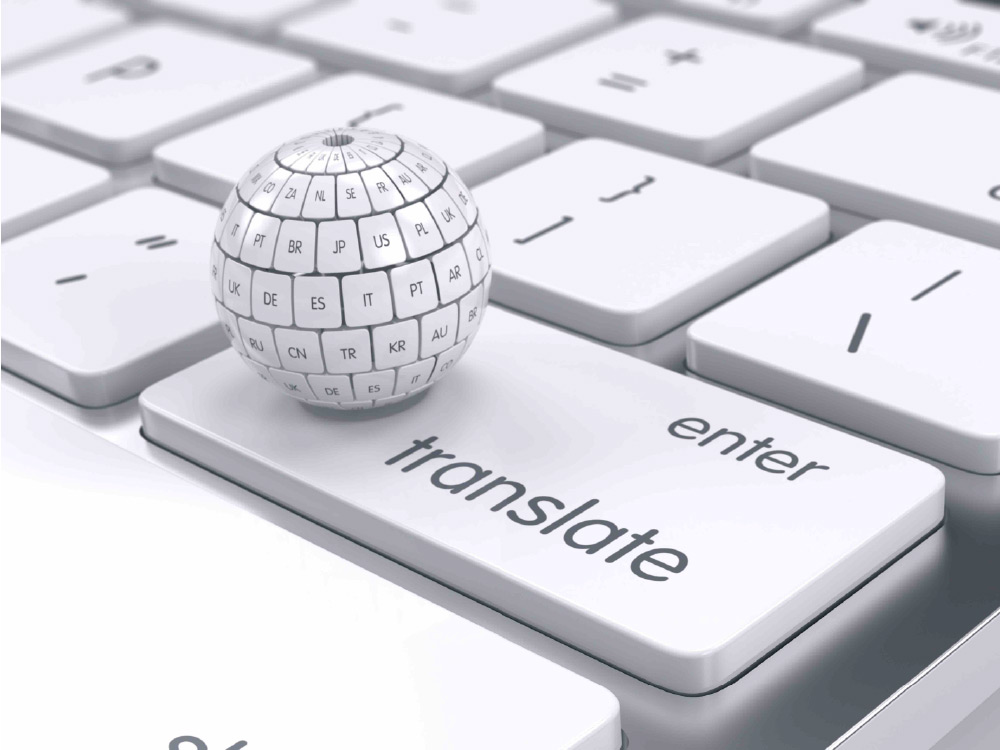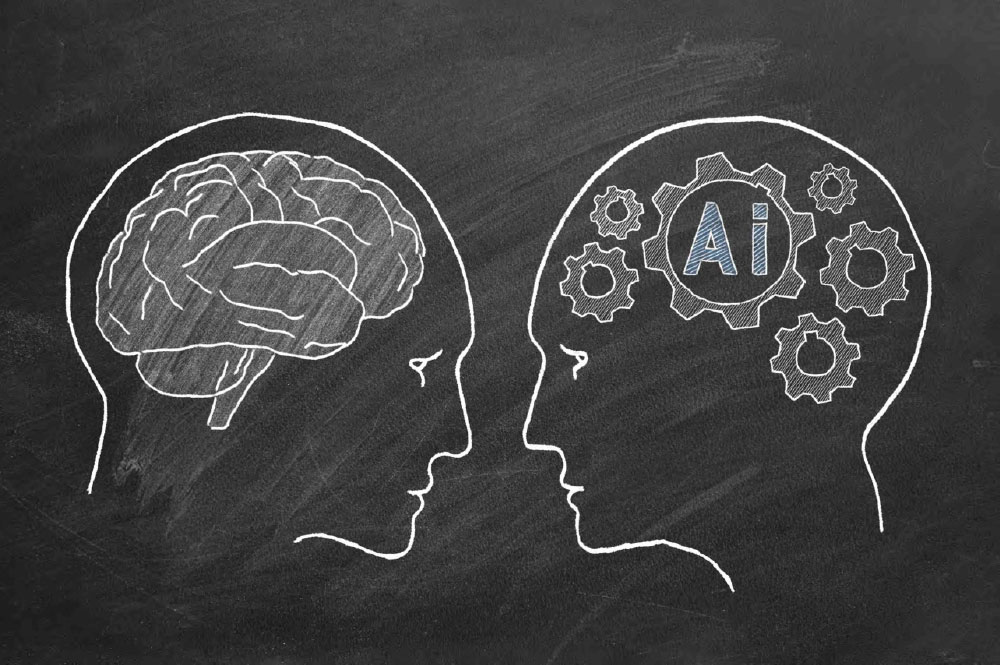Cloud-based Translation Management Systems (TMS) leverage translation memory and machine translation to revolutionize localization. This guide explains how TMS centralizes your data, reduces costs, ensures consistency, and accelerates global market launches.

Cloud-based translation management systems are a new frontier of innovation among brands seeking to localize their content. The systems incorporate powerful technologies like translation memory and machine translation to increase the speed and quality of translation services and enable companies to appeal to international consumers with unprecedented efficiency and precision. With translation management systems (TMS’s), no translator is required to waste their precious time and the company’s money translating similar phrases or words more than once —they depend on translation memory instead.
Translation memory stores your mounting record of all the content that has ever been translated for your company. That is, whenever you translate a word or an expression (otherwise referred to as string), translation memory is programmed to acknowledge the string then immediately store it in a centralized database as an original entry.
The Working Mechanism Behind Translation Management Systems

There is no one-size-fits-all algorithm for all computer-aided translation. However, they tend to have similar functionality and user experiences. Once you translate a new string, the translation management system uses translation memory to match and save not only the translated text, but also the source content, as a single input.
Should the same string reappear in the future, translation memory is programmed to recognize it and substitute source content with an accurate interpretation depending on the originally stored input.
Case in point: a company that is localizing its e-commerce platform can train the translation management software to acknowledge and translate product attributes like color and size automatically.
Hence, machine translation powered by a translation management system ensures that language experts manually interpret fewer words or phrases every time they work on new projects—and spend the rest of their working hours on quality improvement tasks like proofreading.
Translation management software is also equipped with terminology management functions where your brand and industry terms are stored to help translators maintain consistency in the utility of these words and phrases. You can also run automated checks for quality assurance purposes. For instance, you can check if the translator used incorrect spelling or expressions during the translation process. Depending on the type of translation memory tool a linguist is using, TMS perform various interpretations differently.
Translation Memory Tools

Human translators use translation memory tools to automate the process of identifying and storing source and translated content in the company’s database. The software separates text into segments, with elements like question marks, periods, colons, exclamation marks, and tab characters serving as boundaries. After the translator has translated one segment, it is classified as part of the translation management system’s database, to be pulled automatically whenever the need arises.
The applications are designed to accommodate “fuzzy matching”, the interpretation of an identical segment in the absence of a correct match. A human translator should then modify the translated content to match the meaning of original text accurately.
A significant advantage of most translation memory tools is that companies are not restricted to using text formats. A lot of them accept file formats like spreadsheets, PowerPoint documents, and HTML pages. However, translators still have to pick between two distinct types of translation management systems: binary and text-based applications.
Text-based translation memory tools are typically compatible with files whose major component is text, like HTML and MS-Word files. The software can interpret any translatable content that is extractable and possible to place in file formats that match the developer’s requirements. A localization engineer knows how to isolate translatable material and adjust the file format accordingly.

Binary-based tools, on the other hand, focus on adapting system user interfaces to meet the design and dialectal needs of the target population. They commonly rely on binary files like DLL and EXE program documentation. The applications assist in the interpretation of the content that ends up in the tools dialogs, like the translation memory tool’s embedded error logs.
Unlike their text-based counterparts, binary-based translation memory tools do not only store the original and translated content. These applications also maintain records of the varying dialog controls’ size and location. That is, binary-based tools can automatically resize your dialog boxes if the new language demands more or less character spaces.
Advantages of Translation Management Systems

Companies who integrate translation management systems into their translation workflows avoid wasting time on repetitive tasks—and with this source of efficiency comes multiple other benefits.
- Lower Costs
The more you use the translation management system, the more your translation costs reduce. Any string that forms part of your translation memory will result in significant cost reductions when it assists with the localization process. - Consistency
As companies leverage translation management tools to avoid repetitive tasks, flexibility in the interpretation of similar strings increases and guarantees that every linguist produces comparable levels of high-quality output. - Quicker Time to Launch
If you have set your eyes on an international market, it will not be long before your e-commerce website, and other necessary content is tailored to meet the expectations of the new market. A translation management system significantly reduces the amount of time you need to localize products, while binary-based tools will even ensure that you do not need to work with web developers to customize most of the dialog boxes. Companies can improve their competitive advantage by reducing the amount of time they need to scale to below that of their business rivals. - Centralized Database
Every segment is recognized and stored in the same location, so access to vital strings does not require much effort, particularly the time-consuming interactions associated with inter-departmental communications. Nevertheless, caution should be taken to ensure that only authorized personnel can review or modify the database. - High-Quality Translations
Because, with time, most of the source content form part of the centralized database, linguists end up doing less actual translation the longer they work for your organizations. Eventually, a vital proportion of their working will be spent improving on elements like the voice or tone of the translation, rather than repetitive tasks that machines can perform adequately. - Portability
Files in a translation management system are easily portable, so your company does not have to rely on the same translation team for all its website localization needs. If you can no longer work with one linguist, you can simply hire another one who will pick up from where the last one left by accessing the cloud-based segments remotely.
The Difference between Machine Translation and Translation Memory

If you are struggling to understand the difference between machine interpretation tools and translation memory, the rule of thumb is that the latter cannot perform without the human element. Due to its reliance on human translators, translation management systems are far superior to machine translations. Automated translators like Google Translate are, however, useful among foreigners seeking to comprehend the general text on a website’s landing page.
On the downside, they do not have the capacity to understand the contexts and nuances that human beings can easily pick up during translation. If the public will consume your content, it has to be proofread by an expert linguist to get rid of errors, and potentially damaging content, which is why automating all your translation tasks is ill-advised.
Scale your Business Rapidly with a Translation Management System
Cloud-based machine translation systems are a significant source of leverage for organizations looking to improve the efficiency of their localization ventures. Whereas machine translators require a lot of proofreading and most of its output ignores context and nuances, translation memory tools allow linguists to divert little attention to repetitive tasks. Whether you are working with a binary-based or text-based editor, translation management systems are bound to lower your operational costs, reduce the time you need to enter new markets, and are portable enough to guarantee business continuity.
Want to optimize your translation process and cut your costs and downtime? Book a demo now to take a test drive of CleverSo – Tarjama’s cutting-edge Translation Management System.


















